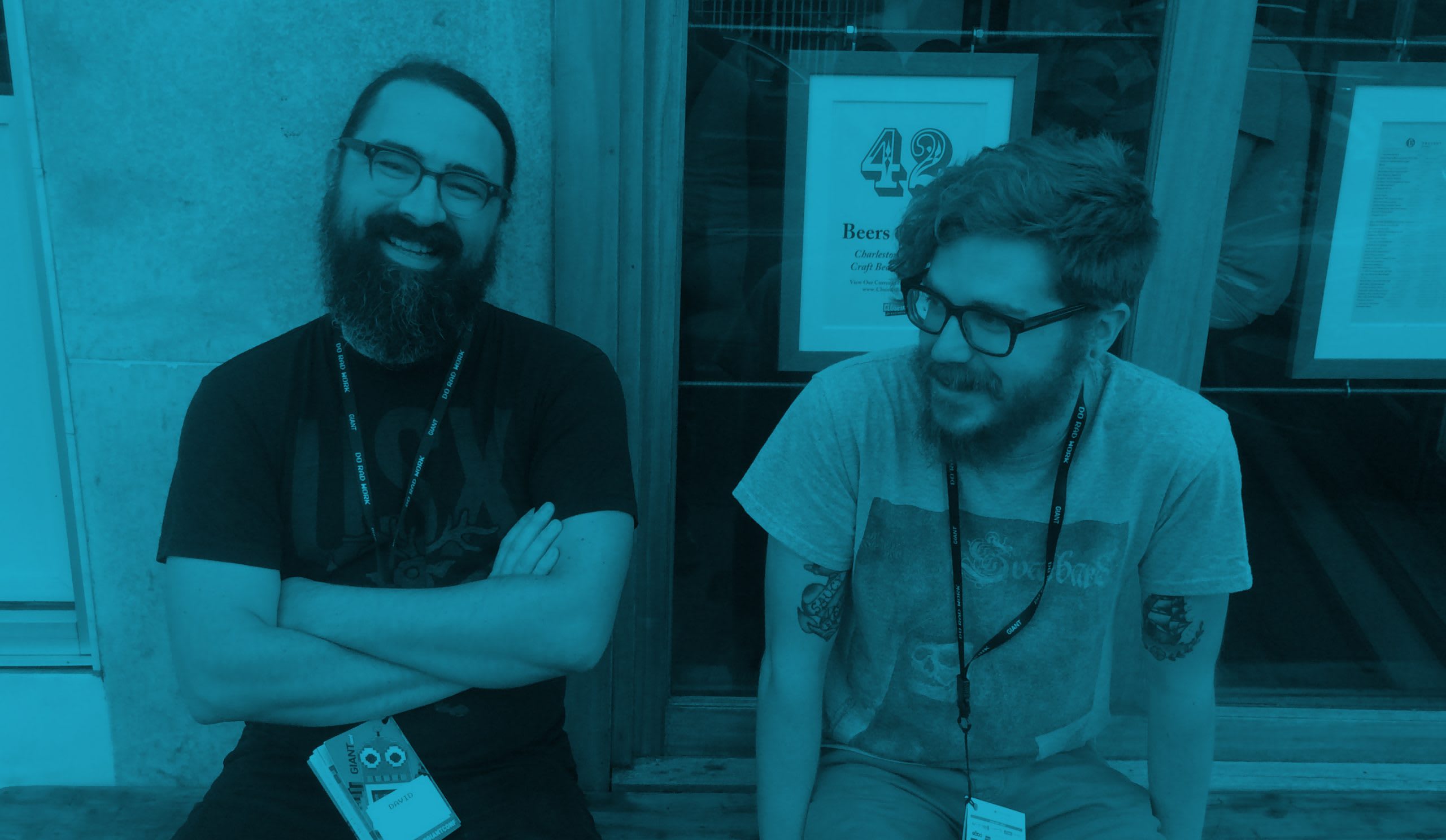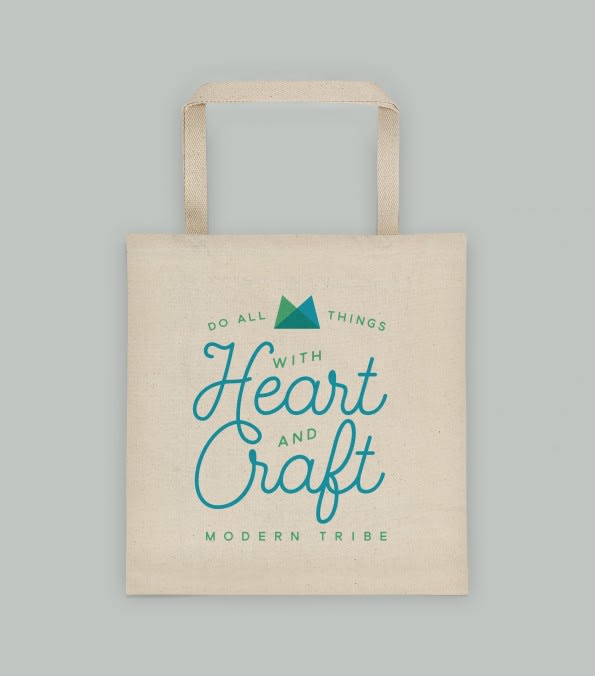Your culture is a reflection of your values. If you want a culture of design, you must value it internally first.
We’re a digital agency. Most people know that to mean a company that both designs and builds websites, applications, and other digital tools, and that’s accurate. While we have always been a full stack team (design & dev), the development side of the agency had a larger footprint, a louder voice. You’d hear about so-and-so who was a “genius developer”, but rarely would a member of the design team be referred to in similar terms regardless of how talented they may be. Our culture celebrated development talent more openly than design.
This misalignment in perception came to a head when I overheard one of my partners, a talented designer in his own right, mention in passing that the ‘design didn’t really matter.’ The context in which he was speaking lessened the blow, but it hammered home how much work I had in front of me if I wanted our company to have a healthy and vibrant design culture from top to bottom.
I believe that our team has always had exceptional design skills, and our work demonstrated that, but I hadn’t built a culture around design within the company. If you can’t communicate your value internally, you certainly will struggle doing it externally.

Building a team
While we’ve always had great designers at Modern Tribe, historically we lacked a cohesive ‘design team’. While our developers were great at collaborating, we had a group of individually talented designers each doing exceptional work on their own. Some of this is the nature of our work – many of our projects require only a single designer. Larger projects saw the design work of multiple people funneled through a central art director (usually me or Shane). This inherently fostered a sense that designers were solo entities within our company.

Turning these individuals into a cohesive team was the first challenge. When thinking of our overall goal of a company wide design culture, our first step seems counter intuitive – I made a private hangout for designers only. Design (like any discipline) has a shorthand and a language. I find it essential to have a private space where we could share ideas and leverage that language – without the additional overhead of explaining yourself to others that aren’t fluent in it. This doesn’t discount the value of feedback from people that resemble your users, or insight from other disciplines. It simply creates an environment for feedback among peers – an essential component to building a cohesive team.
For our remote company, this is as simple as a private slack chat. The “design club” slack chat quickly became one of my more active conversations throughout the day. It is a place were we critique work we see in the wild, share in progress designs, get quick feedback, and workshop particular challenges we’re facing.
We also talk crap about design work we see in the wild, and tease each other about our various design foibles (Michelle Schlup is brutal in her ongoing critique of my WordCamp talk slides). We share inspiration. Having that dedicated space, knowing that there are people who have my back and share my passions has done leaps and bounds for the concept of creating a team.
Get Together
As the slack channel started to foster a sense of community, I rounded the design team up and took them to Charleston. As a remote company, we get everyone together once a year for an annual company wide meetup. It does wonders for fostering a healthy company culture, so I took that same logic to a smaller team – the designers. We headed to Giant Conf – a UX and design conference. The event itself was fun and interesting, but the real value came out of spending 4 days together learning about what makes us different and relishing that which we have in common – our love for design.
Getting together allows for conversations to develop slowly. Ideas can ruminate, sparks can be kindled and developed into richer concepts. Inside jokes are made. Whether you’re staying up late drinking beers, or up early going for a run – you need to find different ways for people to come together.
Nurture it, and it will grow
By this point, we’ve got a solid team forming. That seed is planted and starts to grow. If we neglect it, we’d quickly find ourselves back to the disparate group of individuals we once had. We combat that by continuing to dedicate time to thinking about design as a group. Once a month we hold a design hangout. It’s an opportunity to review recent work, trade tips and share new tools. It’s also a space where we dedicate time and discussion to the intersection of design and the rest of our team at Modern Tribe.
We cover a range of topics, but we continually focus on how we can better communicate design intent to our strategy and development teams. How can we make our developers’ lives easier? How can we ensure that our designs are executed as we intend them to? How can design and development partner to create the absolute best work possible? By being thoughtful, as a group, about how our work is realized we share the responsibility for exceptional design throughout our entire team. As a member of a the design team, I feel responsible for the quality of execution on projects that I haven’t directly worked on. As an owner, that’s expected – but I see it now across every member of our design team. One person’s failure is our entire team’s failure – one person’s success is all of our success.
From design team to design company
Having a culture of interaction between design and development is a significant component to ensuring that design seeps into all that you do. By dedicating time to nurture and improve that interaction, we’re ensuring that design continues to grow and becomes increasingly effective. While the interaction between design and development is obvious, we continually look to find ways that design can more effectively support, or even lead other disciplines at the company.
In particular, the intersection of design and sales becomes increasingly important if you want to grow your design culture. Enabling your sales team (or sales person) to effectively create opportunities for design at your company is essential. If they don’t value design, if they don’t know about the research, profiling, storyboarding, prototyping, type studies, brand experiments, and user flow analysis that makes up your best work – they’re not going to be able to communicate and sell that value to your clients. It’s up to the design team to educate, and empower the sales team to create opportunities for great design to happen.
Valuing design across the company
Building the team was the first step. Nurturing interaction between design and the leadership of other disciplines helps communicate our intentions and aspirations. But how do we take that idea – that design is what we do – and propagate it across our entire company?
You care about the details.
If you don’t pay attention to the culture of your company you’re doomed to end up with something you don’t recognize or want. In building a design centric culture, we turned our care and attention to our internal brand. The excuse of the ‘cobblers kid has no shoes’ can only take you so far. We have been busy for the last 10 years, and over that time our brand had atrophied. We used that excuse of ‘plenty of business’ to justify it – but the side effect we didn’t see coming was how it communicated to our team that ‘design doesn’t matter.’
We set out to clean house. While the desire was there to rush through it – we didn’t. We took our sweet time. We started back at the root – our logo, typefaces, usage rules, and color palette. The care and attention we applied to just our color palette helped communicate to the rest of the team how much thought goes into our design work. As designers we strive to be invisible – for our work to celebrate and promote the product or client, not the designer. For our internal work we eschewed that philosophy, surfacing the mechanics that are generally kept hidden behind the scenes.
We took that same care and attention given to the brand elements and extended through all touch points. Smaller details like our proposal templates and invoices got branding attention that they never had. We moved knowledge share out of sterile wikis into freshly branded websites. The attention to detail you apply to your internal assets will be reflected back by the team to their work. Whether everyone on the team is aware of it or not, we started to see greater care and attention to design in all facets of the business.
Swag

One of our more successful methods may seem trite, and is not necessarily what you would think it would be. Holiday presents. Instead of gift cards and slapping our logo on a mobile battery pack – the design team put together a whole line of apparel, pillows, hats, and posters to give to their peers. These aren’t your average tech company swag shirts either. Each piece was thoughtfully designed and executed as if we were launching our own line of apparel. This effort not only makes the the team feel loved, it helps reinforce the level of design quality that we output as a company in everything that we do. If every piece of swag is beautiful, if everything that team sees with the Modern Tribe logo is thoughtful, beautiful, and attended to, they will carry that care and attention outward.
Looking onward and upward
We have plenty to do. In the coming months, we’re looking for new ways to bring design to new facets of the company. To make design not only essential – but accessible to everyone one and every initiative at the company. We’re looking to open our monthly design conversations to everyone at the company. We instituted a weekly show and tell over lunch, where we share past projects with the whole team – these conversations are not flagged as ‘design conversations’ we’re just thoughtful to speak about design and share it’s role in each of our successes.
Building a culture of design, or any kind of culture that you want for your organization requires that you pay it the attention it deserves – that you create opportunities for conversation, that you nurture individual efforts, and coalesce around shared goals.
Perhaps next week, we’ll start to think about how we can help grow a culture of design within the open source projects that we value and contribute to…

